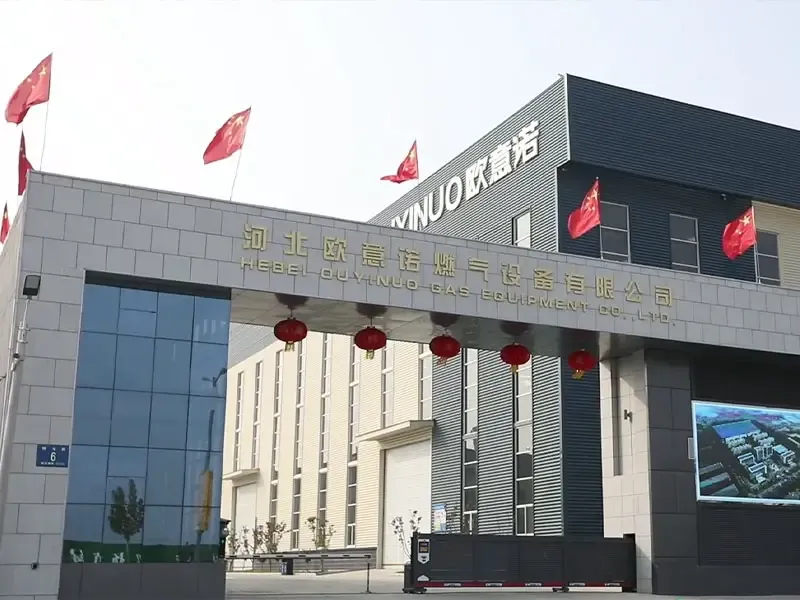
8 月 . 10, 2024 09:10
Back to list
Understanding the Function and Importance of Pressure Relief Valves in Industrial Applications
Understanding Relief Valves Importance and Applications
Relief valves, which are crucial components in various industrial systems, play an essential role in maintaining safety and operational efficiency. These devices are designed to automatically release excess pressure from a system, preventing potential failures or catastrophic events that could arise from over-pressurization.
Function and Mechanism
The primary function of a relief valve is to protect equipment from pressure surges that could lead to mechanical damage or explosion. When pressure within a system exceeds a predetermined level, the relief valve opens, allowing some of the pressurized fluid or gas to escape. Once pressure falls back to a safe level, the valve closes again. This automatic functioning is vital in maintaining the desired operational pressure without manual intervention.
Relief valves can operate in various ways, but the most common types are spring-loaded and pilot-operated. Spring-loaded relief valves utilize a spring mechanism to hold the valve closed against system pressure. Once the pressure exceeds a specified threshold, the force of the fluid overcomes the spring’s resistance, causing the valve to open. Pilot-operated relief valves, on the other hand, utilize a smaller control valve to manage the larger valve’s operation, allowing for greater efficiency and responsiveness.
Applications
Relief valves are utilized in numerous industries, including oil and gas, chemical, power generation, and water treatment, among others. For instance, in the oil and gas sector, they protect pipelines and processing equipment from over-pressurization resulting from operational anomalies. Similarly, in chemical processing plants, relief valves safeguard reactors and storage tanks that may experience pressure fluctuations due to exothermic reactions or thermal expansion.
relief valves

In power generation, relief valves are critical for preventing boiler explosions caused by steam pressure buildup
. The safety standards in these industries are stringent; therefore, the correct selection, installation, and maintenance of relief valves are paramount to ensure compliance with safety regulations and protect personnel and assets.Challenges and Considerations
Despite their importance, relief valves are not without challenges. One key issue is ensuring that they are correctly sized and set for the specific application. An improperly sized valve can lead to inefficient operation, either by opening too early (leading to unnecessary losses) or too late (risking equipment damage). Manufacturers offer guidelines to assist in selecting the appropriate valve based on system parameters such as pressure, temperature, and the type of fluid.
Additionally, regular maintenance of relief valves is vital. These components are subject to wear and tear, and a malfunctioning valve can compromise system safety. Routine inspections, functional tests, and periodic calibration can help ensure that relief valves operate as intended.
Conclusion
In conclusion, relief valves are indispensable safety devices in numerous industrial applications. Their ability to control system pressure and prevent over-pressurization is critical for protecting equipment, ensuring operational efficiency, and safeguarding personnel. As industries continue to evolve, the development of more sophisticated and reliable relief valves will be essential in meeting the challenges of modern engineering and safety standards. Understanding their functionality, applications, and maintenance requires attention and expertise, underscoring the importance of these devices in safeguarding industrial operations.
Latest news
-
Unlocking The Quality Gas Pressure ReducersNewsNov.01,2024
-
The Role of Gas Pressure Reducing StationsNewsNov.01,2024
-
The Importance and Functionality of Safety Relief ValvesNewsNov.01,2024
-
The Essential Role of Safety Valves in Natural Gas ApplicationsNewsNov.01,2024
-
The Essential Role of Gas Pressure RegulatorsNewsNov.01,2024
-
Enhance Your Premium Gas FiltersNewsNov.01,2024

